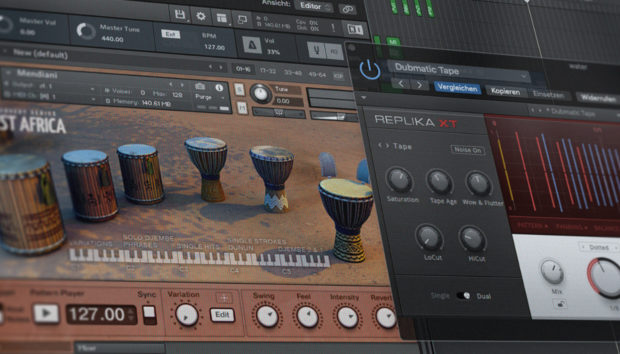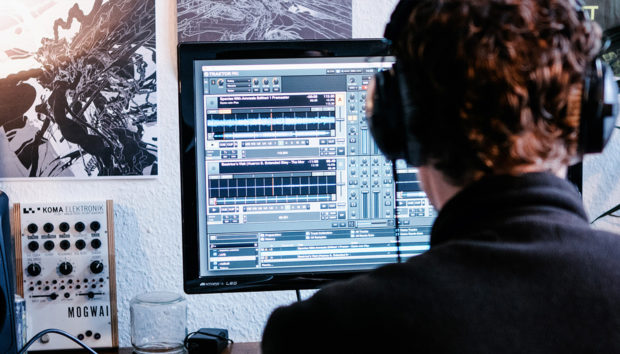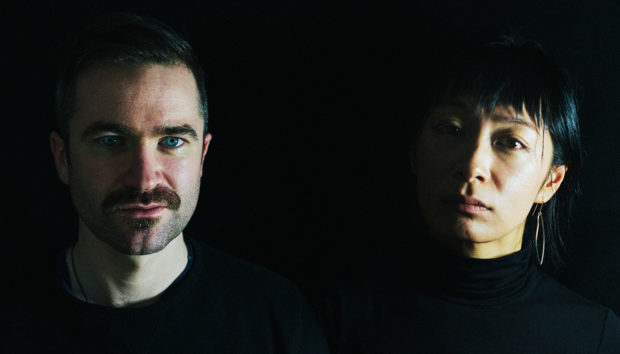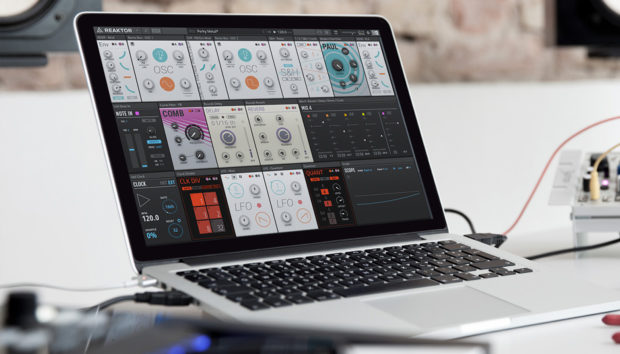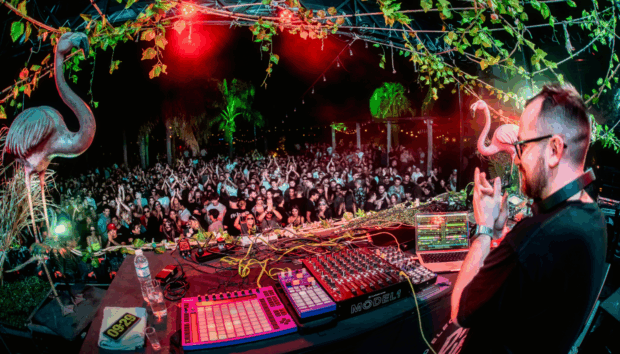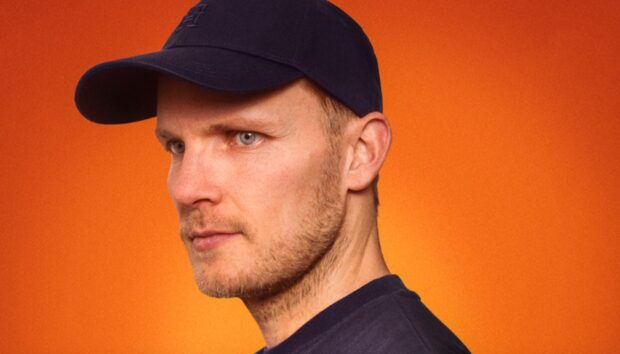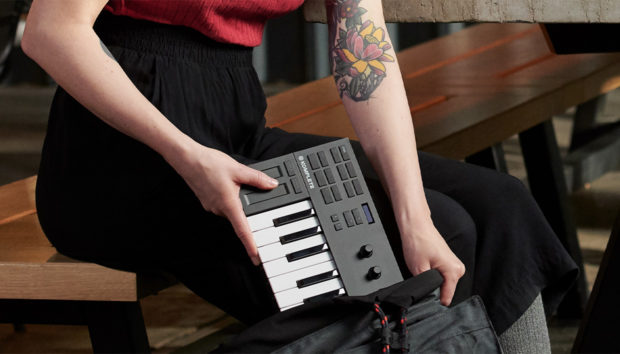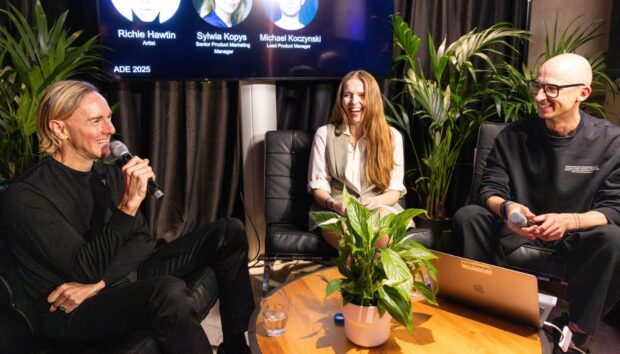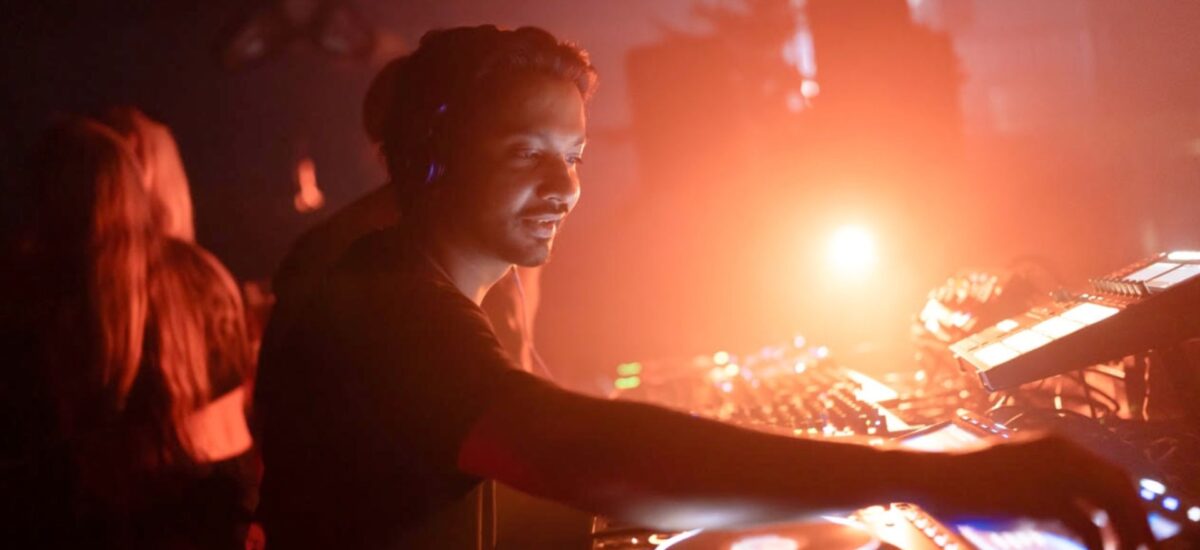
A lot of music producers hold themselves to this lofty standard – thinking they need to design every sound from scratch. There’s this belief that the best artists, the ones they admire, are creating everything from an initialized preset, and if they’re not doing the same, then they’re somehow failing at self-expression. That mindset leads to the idea that relying on presets is “cheating.” But that couldn’t be further from the truth, and no one knows this better than Saad Ayub.
As a melodic trance and techno producer, Saad has built a distinct sound and career, landing on massive stages, collaborating with top-tier artists like Paul van Dyke and Markus Schulz, and carving his own lane in the industry.
His secret?
He leans heavily on presets – specifically within Massive, a synth he knows inside and out. Because of that deep familiarity, he treats presets like a blank canvas, reshaping them into something completely unique.
This approach doesn’t just give him a signature sound – it boosts his output, fuels his DJ gigs, secures major collaborations, and keeps his release schedule packed.
Jump to these sections:
- Making presets your own
- Finding the right presets for your sound
- Presets and blank canvas syndrome
- How presets help you keep pace with the industry
- What parameters to tweak first
- Essential advice for making your tracks stand out
Saad was kind enough to break down his process – how he uses Massive, organizes presets, and dials in key parameters to make them his own. If you’re a producer looking to sharpen your sound design workflow, this is one interview you don’t want to miss.
For producers who feel stuck using presets, how do you recommend they take those sounds and make them their own?
Start by treating presets as foundational sketches rather than final products. Dive into the synth’s parameters – adjust filters, envelopes, and LFOs to alter the character.
For example, shifting a filter’s cutoff or resonance can transform a bright pluck into a muted pad. Layer the preset with other sounds, like field recordings or granular samples, to add texture.
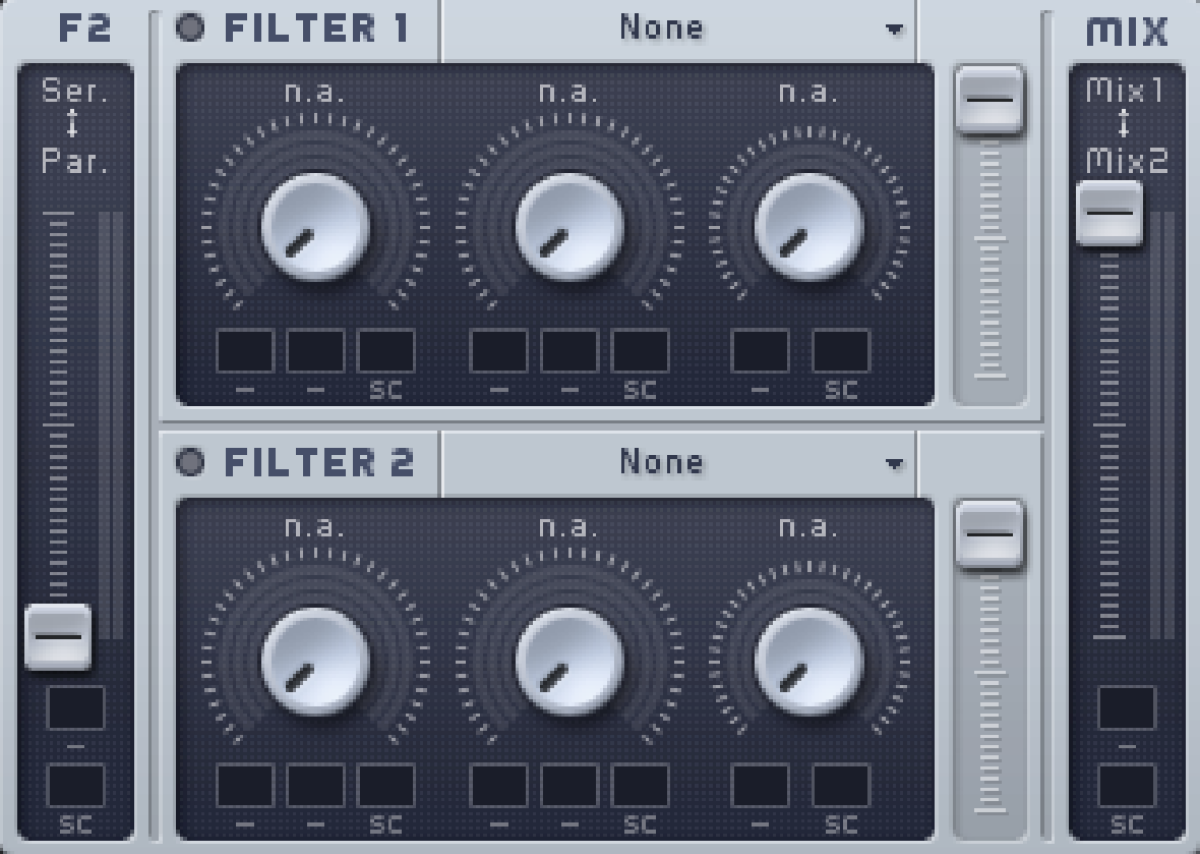
Don’t shy away from external processing: run it through guitar pedals, granular synths, or tape emulators to warp it into something unrecognizable. The goal is to use the preset as a launchpad, then inject your personality through bold, intentional tweaks.
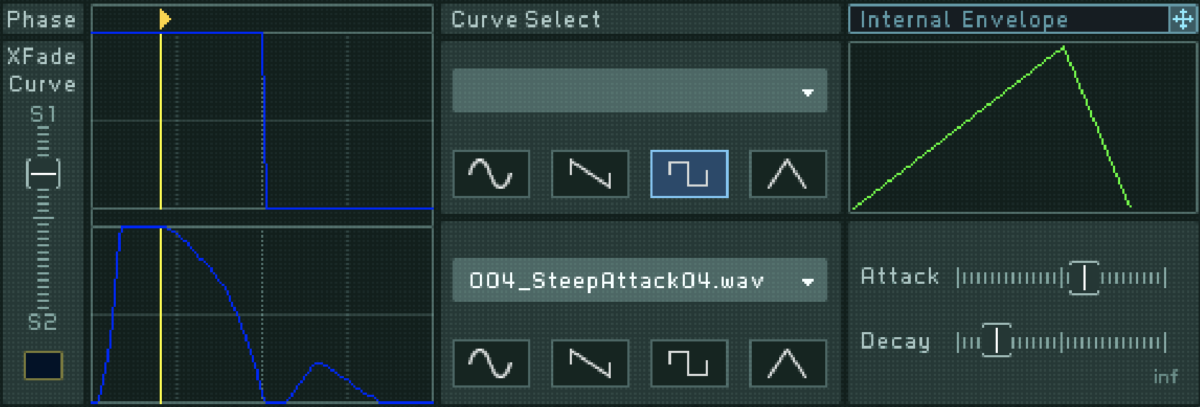
Another approach is to reverse-engineer the preset. Dissect its structure – note which oscillators or effects are key – then rebuild it with your adjustments. Swap wavetables in Massive, modulate unconventional parameters, or repurpose macro knobs for dynamic changes.
Resampling the preset into a sampler (like Kontakt) and mangling it with time-stretching or pitch edits can also yield fresh results. Over time, these habits train your ear and technical intuition, turning presets into a springboard for originality.
Massive has a huge library of presets – what’s your process for finding the ones with the most potential to tweak?
I start by filtering presets by genre or tag (e.g., “hybrid,” “textural”) to narrow the scope. Presets with active modulation – like moving LFOs or stepped sequencers – often have untapped potential, as their movement can be reshaped.
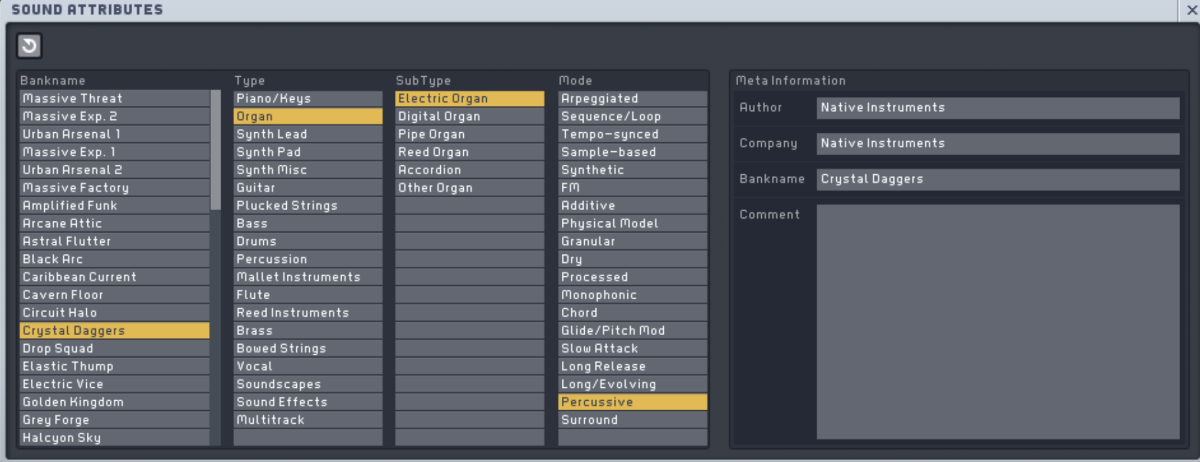
I prioritize sounds with rich harmonic content, as they’re more malleable when processed. For instance, a dense bass preset might become a lead if you boost highs and automate the wavetable position.
Context is key: I audition presets alongside my track’s existing elements to gauge fit. If a preset feels close but lacks edge, I check its modulation routing. Assigning macros to parameters like oscillator drift or effects mix lets me morph the sound in real time.
Presets with “empty” frequency ranges (e.g., mids not clashing with vocals) are gold – they leave room for layering. Lastly, don’t overlook “bad” presets; a cheesy lead might become haunting with reverb and bitcrushing.
Do you think starting with presets helps producers get past “blank canvas syndrome” and into a creative flow faster?
Absolutely. Presets act as creative catalysts, letting producers bypass the paralysis of starting from zero. They’re like having a collaborator who hands you a riff – you’re free to focus on arrangement and emotion.
For example, loading a vocal chop preset might inspire a melody that sparks an entire track. This workflow is especially valuable in genres where speed matters, like EDM or hip-hop, where vibe often trumps sound-design purity.
That said, reliance on presets shouldn’t stifle growth. Use them as training wheels: analyze how they’re built, then recreate them from scratch. Over time, you’ll internalize techniques for crafting your own sounds. Balance is key – presets kickstart ideas, but intentional tweaks ensure your voice shines through.
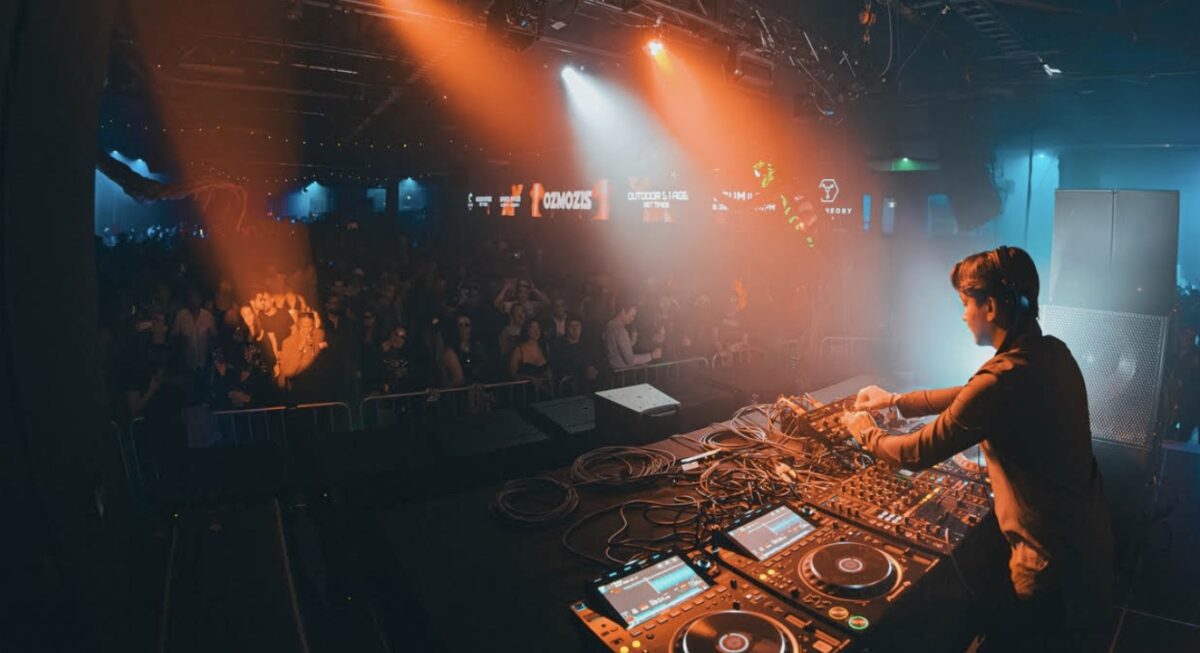
The industry respects results, not just originality, so if a preset gets you to a finished track faster, lean into it.
Do you think knowing how to tweak presets quickly is a skill that sets producers apart in today’s fast-paced industry?
Yes, speed and adaptability are critical. Producers who can dissect a preset’s core and twist it into something fresh have a competitive edge.
For instance, turning a trance lead into a metallic percussion hit by cranking FM modulation takes minutes but adds unique flair. This skill hinges on synthesis fundamentals: understanding how filters, envelopes, and modulation interact lets you hack presets confidently.

Clients and collaborators also value efficiency. Imagine scoring a film and needing a haunting texture fast – tweaking a preset’s reverb tail and adding granular freeze saves hours. It’s not about cutting corners; it’s about smart iteration.
The ability to repurpose presets across genres (e.g., morphing a dubstep bass into a house groove) showcases versatility, making you indispensable in collaborative or deadline-driven environments.
When you’re short on time, what’s your go-to tweak that instantly makes a preset feel unique?
Automating one parameter can inject life into static sounds. For pads, try modulating the wavetable position or adding a slow LFO to the filter cutoff. For rhythms, a touch of frequency shifting or a stepped sequencer on pitch creates instant groove.
Another quick fix is layering: stack the preset with a processed vocal snippet or foley hit, then glue them with compression.
Distortion is my secret weapon. A gentle tape saturator warms up sterile presets, while a heavy bitcrusher on a send channel adds grit. Don’t forget spatial effects – throwing a preset into a shimmer reverb or granular delay can transform it into an ethereal backdrop.
Lastly, resample the tweaked preset, chop it, and rearrange – it’s a cheat code for uniqueness.
If you could offer one piece of advice to new producers struggling to make their tracks stand out, what would it be?
Embrace limitations. Set yourself a goal of creating three tracks and focus on nailing the emotion and groove. Having too many options can lead to indecision. For instance, build a track around a single Massive preset, manipulating it into a bassline, lead, and texture.
Constraints force creativity – like using a vocal chop as both melody and percussion. Study your musical heroes, but then subvert their techniques. Deconstruct tracks you admire, but add a twist – merge genres, flip rhythms, or process sounds in unconventional ways. If everyone uses pristine supersaws, try distorting them with granulizers. Authenticity comes from blending influences into something uniquely yours.
Finally, relentlessly finish tracks – perfection can hinder progress.

Start mastering the art of presets in Massive
Huge thanks to Saad Ayub for sharing his workflow and proving that presets are anything but crutches and lazy-ways-out. The biggest takeaway here? Presets aren’t the problem; it’s how you approach them. Treat them as starting points, push their limits, and make them your own.
Modern synths like Massive are packed with deep modulation and customization options, meaning even a stock preset can become something completely unique with a few smart tweaks. Whether it’s layering, modulation, resampling, or external processing, the key is to inject your personality into the sound. Saad’s ability to do this consistently is why his music stands out in the crowded world of melodic techno and trance.
Hopefully, you’ve picked up some practical techniques from this. Be sure to follow Saad and dive into his music – his tracks are proof that knowing your tools inside and out is what really sets producers apart.
